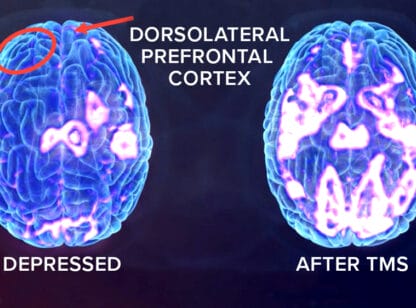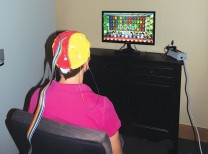Receiving news that you or a loved one has been diagnosed with Alzheimer’s disease (AD) can be devastating. Some forms of dementia, like normal pressure hydrocephalus (NPH), can mimic AD, causing the patient to be misdiagnosed and live without proper treatment. While AD does not yet have a cure, NPH does, thus understanding the differences between the two can save a life and get a loved one the treatment they need.
Ventricles in the brain contain fluid called cerebrospinal fluid. The fluid cushions the brain and spinal cord, but a build-up can cause NPH. The cause of the fluid build-up is not always known but can result from injury, infection or a brain tumor.
The Hydrocephalus Association estimates that 700,000 adults have NPH, but some are misdiagnosed with AD or Parkinson’s disease. Similar symptoms may cause many of these misdiagnoses, but the differences lie in the presentation timeline outlined by Loma University Health’s Chair of Neurosurgery Warren Boling, MD.
Three symptoms are shared between the two diseases: incontinence, difficulty walking and cognitive decline.
Timeline of NPH:
First… Incontinence and magnetic gait
Then… Cognitive decline
Timeline of AD:
First… Cognitive decline
Then… Incontinence and unsteady gait
Both AD and NPH patients will have some difficulty walking. Physicians will describe it as either an unsteady or magnetic gait. Imbalance, abnormal and uncoordinated movements characterize an unsteady gait. Typically, the individual can stand, is very unsteady and takes small irregular steps. A magnetic gait is an abnormality marked by an inability to lift the feet off the floor. This results in decreased mobility and an increase in falls. Individuals with NPH exclusively experience a magnetic gait.
Luckily, one surgery can treat NPH. Surgeons insert a shunt into the ventricle of the brain to drain the excess fluid. It is passed under the skin from the head, through the neck and chest and into the abdomen. A magnet on top of the scalp allows trained personnel to adjust drainage pressure as needed to ensure the longevity of the procedure. Studies show treatment by shunt surgery is effective with substantial clinical improvement in up to 80% of patients.
“Not only does this surgery give patients more time to live, but more importantly, provides a dramatic increase in their quality of life,” Boling says. “There’s nothing more gratifying than seeing families who thought the diagnosis was Alzheimer’s then discover there is a cure.”
Loma Linda University Health – Neurosurgery Clinic is now open in Rancho Mirage. For more information or to make an appointment, call (760) 346.8058 or visit www.lluh.org/neurosurgery.












































Comments (0)